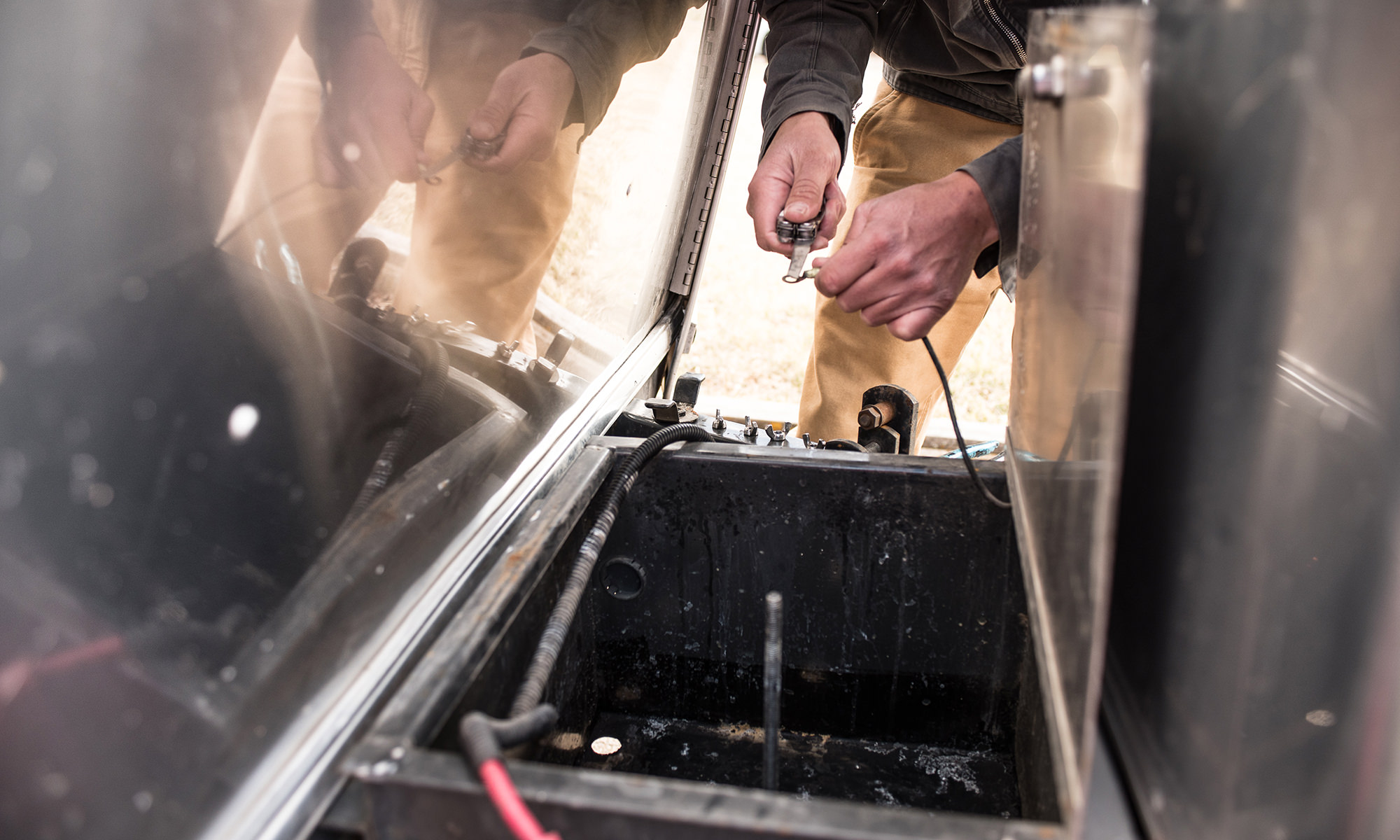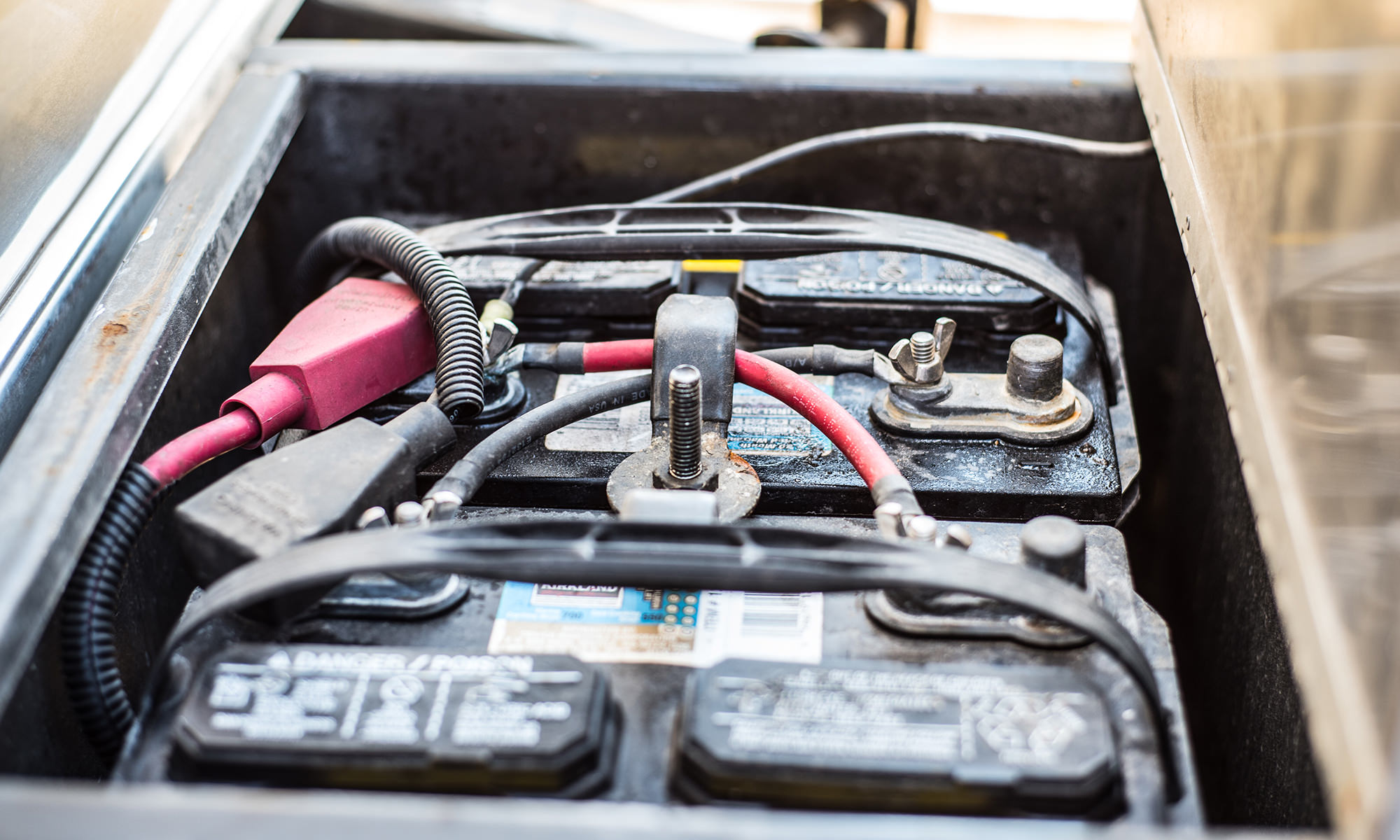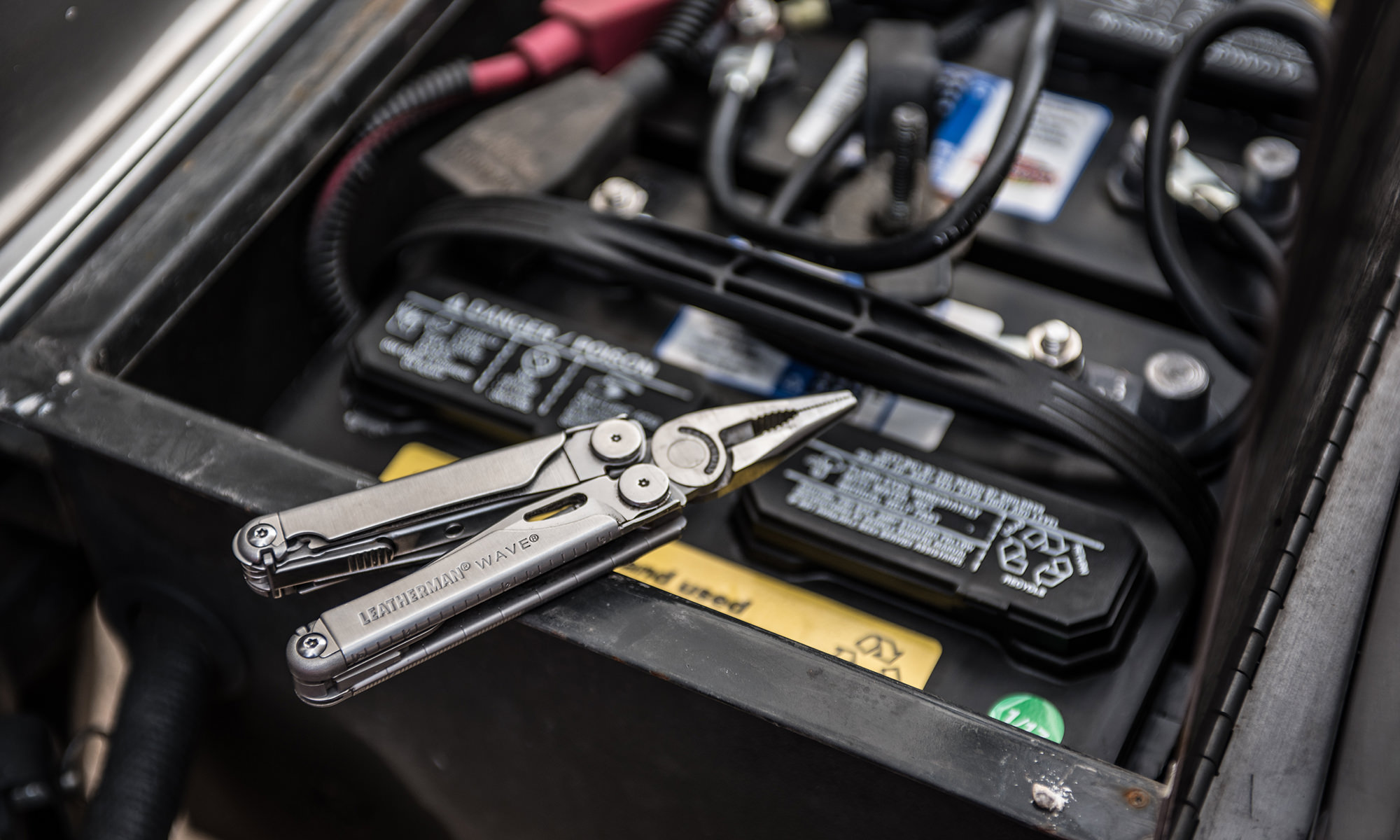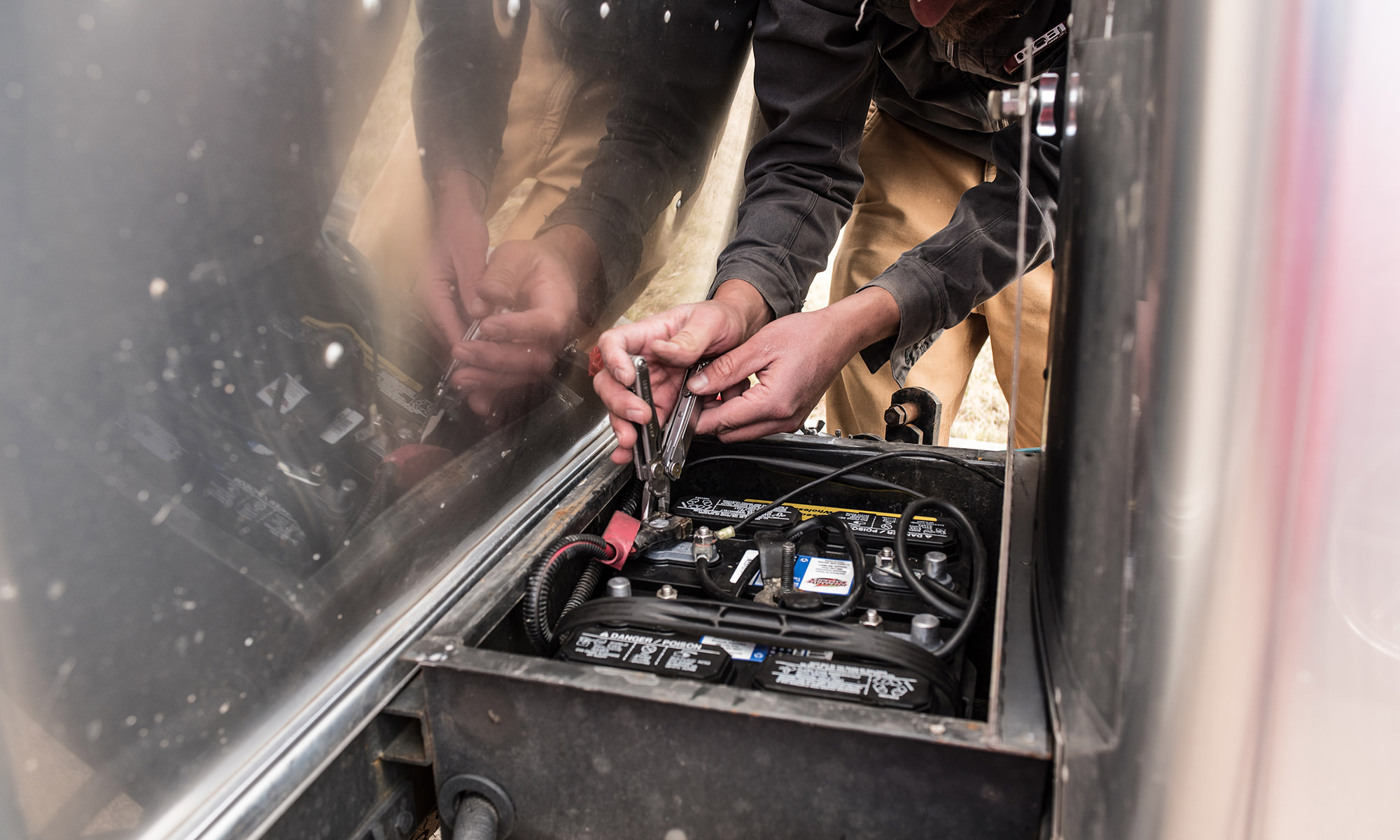We’ve all been there at some point. Everything is rolling along smoothly, and then it all just goes south.
Then you scrounge around instruction books and online forums hoping to find the solution to your random problem. Well, that something happened to me last week.
I’m a full-time photographer who bases, with my Border Collie, out of a 25-foot Airstream. When I am not parked in a metro area I am almost always off grid in the backcountry. Energy conservation and properly functioning equipment is key to being able to stay in an area that the dog and I can enjoy, and also keeping camera and computer equipment charged and ready to work.
So when I arrived back at the camp to find my RV batteries completely dead three days into a five-day shoot, somewhere in the southern New Mexico desert, I had to get a little creative.
My initial concern was that I was potentially facing multiple issues within the trailer charging system. A bad charge controller. Maybe the battery disconnect switch was faulty. Or even worse, frayed wiring somewhere in the inner workings of the trailer. I’d done my share of troubleshooting and replacing wiring harnesses in the past, and I have no desire to do it again. My gut told me it was probably the batteries though.
I’d spent the previous eight months going from hundred plus degrees in the Texas summer, up to the northern Rockies for the fall and winter, and then back to the Texas deserts. Extreme temperature swings often expose weak batteries and this pair was close to four years old already.
Thankfully, it was relatively easy to isolate the batteries as the root issue with the multi-meter once I plugged into shore power. The charger unit was outputting 13.6-14.4 volts DC depending on the charge mode. The battery disconnect switch was working properly. Now all I had to worry about was swapping everything out.
Replacing batteries is simple if you follow a few simple steps:
• Disconnect ANY power sources (Shore power, solar panels, truck, generator turned off, etc). Also, grab a beefy set of gloves and glasses to protect from any leaks in the batteries.
• Wash the old batteries down with a baking soda and water mix. They’re trash but it will help neutralize any excess acid on the outside and in the trays. I’ve burned holes in more than one shirt from acid in the past before I started following this routine.
• Disconnect battery cables from batteries, making sure to disconnect the negative cables first. Most trailers and RV’s have 2-6 batteries. If it’s a complicated mess of wires it’s always simple to take a picture on the phone and use it for reference if needed when you reinstall. I do it all the time.
• Once the batteries have been removed it’s a good idea to clean out the battery tray and take some time to polish up the battery cable ends. Its much easier to do without the batteries in the way and dirty and corroded cables is one of the main causes of reduced battery performance.

• Install and secure the new batteries.
• Reconnect cables. Positive cables should be connected first, followed by the negative. This will minimize the possibility of arcing.

• It’s a good idea to use a protective terminal coating to minimize corrosion from the battery gasses. Make sure to only apply it after you have secured all the connections.
• Test the system out and ensure everything is charging and powering up correctly.
Time to hit the road!

